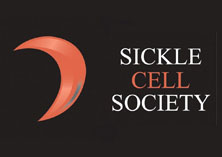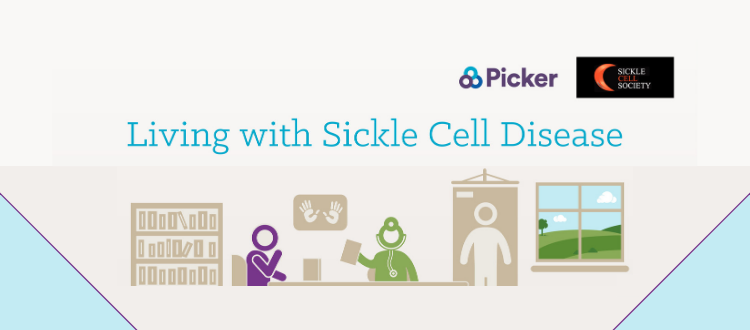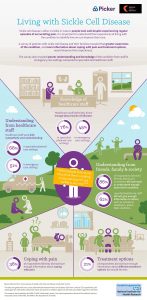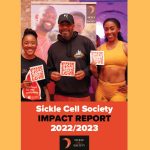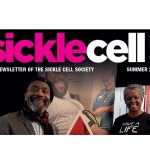First nationwide sickle cell survey identifies awareness as key to healthcare improvement
Results published from the first patient experience survey of people living with Sickle Cell Disease (SCD) across England with adults, children and parents /carers of young SCD
patients
Key findings include:
- Clinical awareness and knowledge of the condition are lacking – particularly in emergency care
- Participants reported that their friends, family and co-workers did not know or understand enough about their condition
- Healthcare staff do not provide enough information externally (for example to schools and workplaces.)
- Specialist-led (planned) care is viewed more positively than care in urgent settings such as A&E departments
- Londoners have more confidence in the care they receive than people receiving treatment outside of the region
- More negative survey responses from adolescents and young adults (aged 16-20) than other age groups – this is the age that children are likely to be transferring to adult services
The results of a newly developed survey of people living with Sickle Cell Disease (SCD) in England have revealed that information provision and lack of public awareness of the condition are some of the biggest issues affecting their experiences, and in turn, the care they receive. The results highlighted specific concerns about urgent care provision, with many people reporting
less positive experiences of A&E attendance versus planned tertiary care. Whilst over three quarters (76%) of respondents felt that planned care staff knew enough about SCD, under half (46%) felt the same way about emergency care staff. Respondents felt that urgent care staff were not only less knowledgeable, but also less sympathetic and understanding of their needs, than their tertiary care colleagues.
Adults with sickle cell disease in particular had less confidence in the knowledge of emergency care staff, preferring to self-manage as much as they could at home and seeing emergency treatment as a very last resort. This comes despite the fact that one in three (38% of respondents) did not receive enough information about coping with pain and self-care. By contrast, for the majority of children and parents of children with the condition, A&E was the first route that they took. The survey was a Patient Reported Experience Measure (PREM) which ran for a total of six months, from March to October 2015. It was available in three separate versions, suitable for both paediatric and adult patients, and parents/ carers of young SCD patients. The first of its kind, the tool was intended specifically to monitor the integrated care programme for improving the management of sickle cell services. Developed by the Picker Institute; the charity dedicated to healthcare
improvement, the research was commissioned by researchers from the NIHR CLAHRC Northwest London based at Imperial College London and Chelsea & Westminster Hospital, in partnership with the Sickle Cell Society.
 Speaking on the reality of these findings John James, Chief Executive of the Sickle Cell Society:
Speaking on the reality of these findings John James, Chief Executive of the Sickle Cell Society:
“Though not surprising to those in the SCD community, these results should represent alarm bells to us all. Not only is SCD the UK’s biggest genetic blood disorder, affecting more people than other conditions such as Cystic Fibrosis, but the condition is known for its invisible nature and defined by bouts of ‘crisis’.Where often outwardly people look well (despite the fact they are literally in agony). Awareness could potentially be the difference between life and death and these results signal an urgent need for improvement. It has massive impact on the quality of life people with the condition are able to have, but is so easily rectified, better education for healthcare staff and the general public, and more investment in information resources about pain management. Self-care is key for long term condition management, and relieving our overstretched emergency care services in general.”
